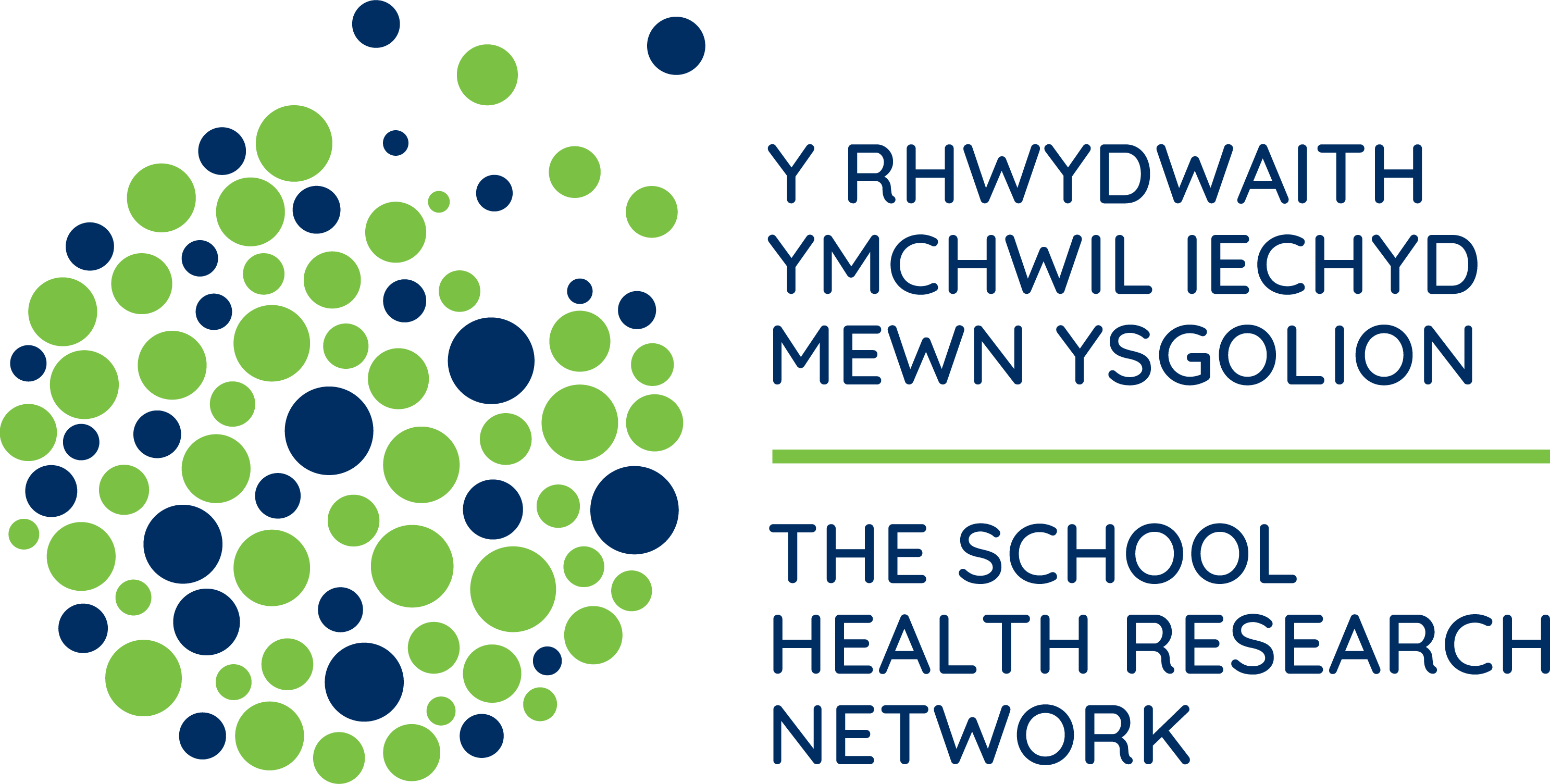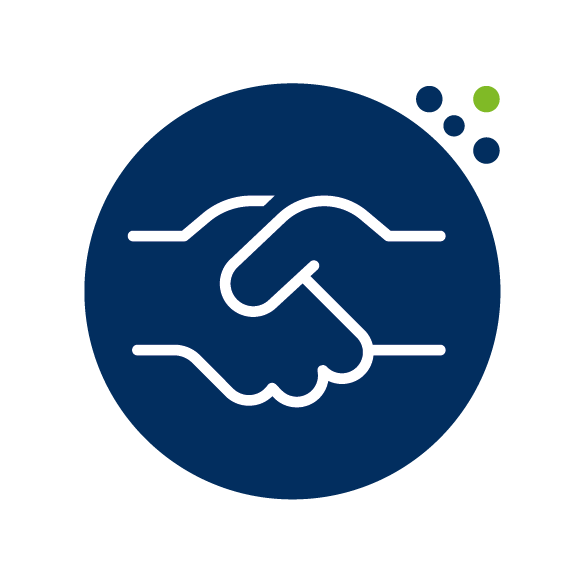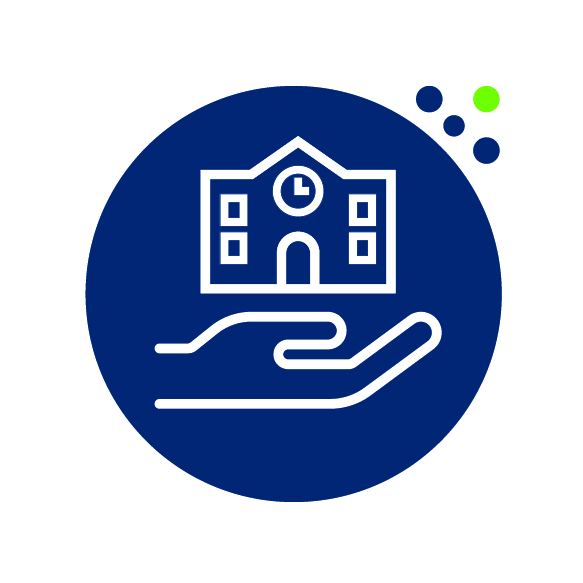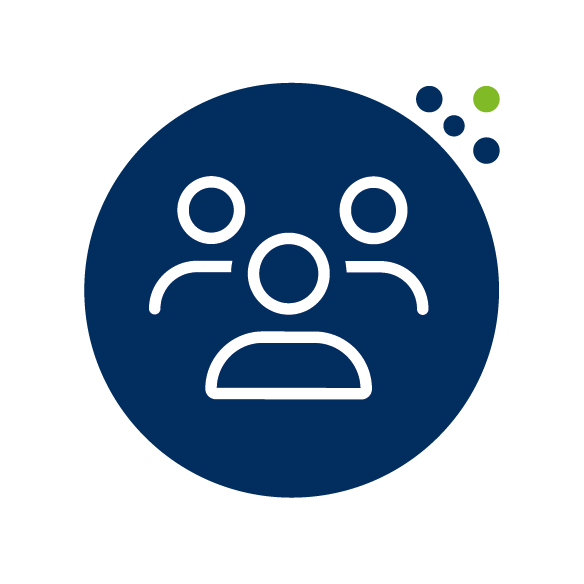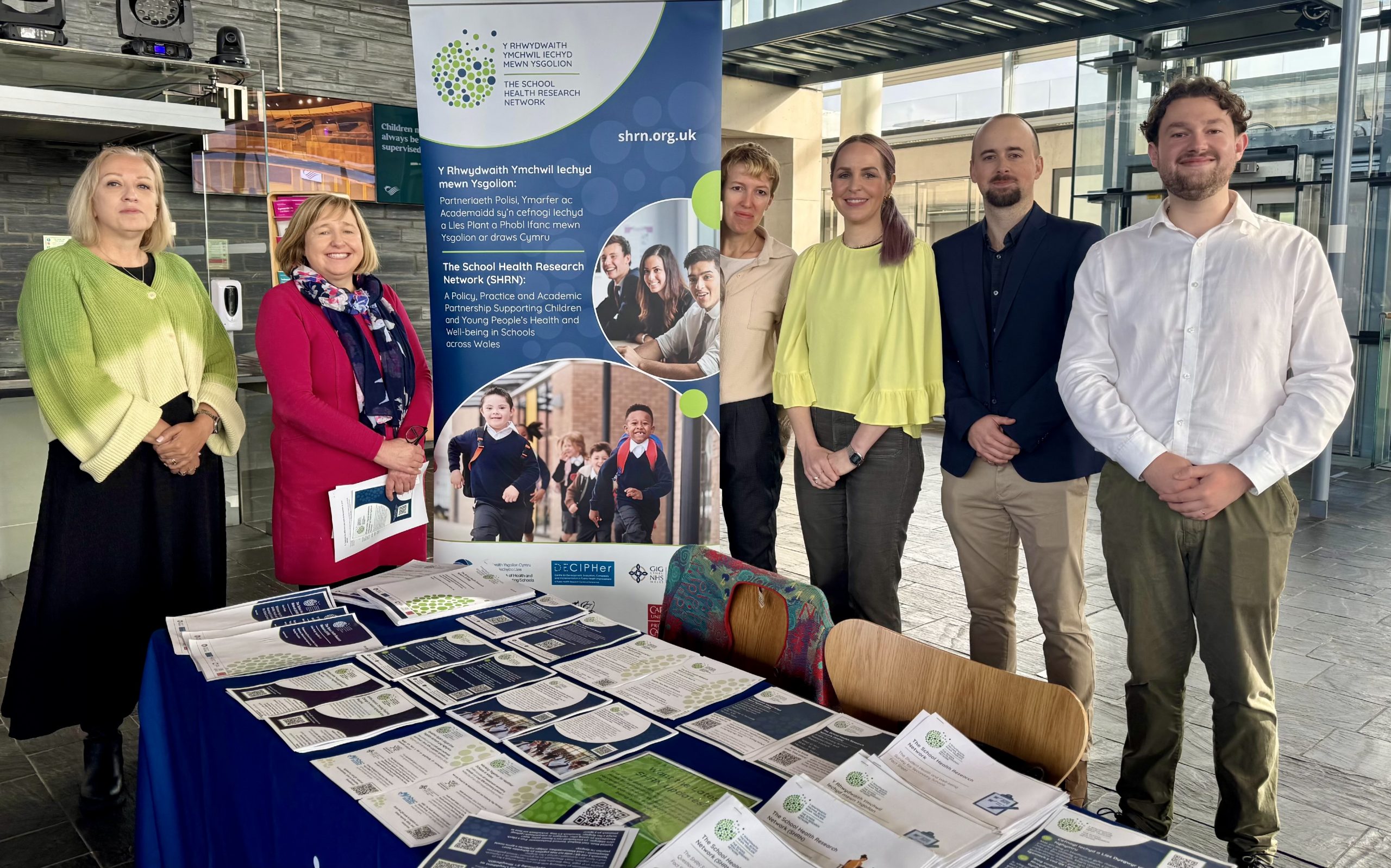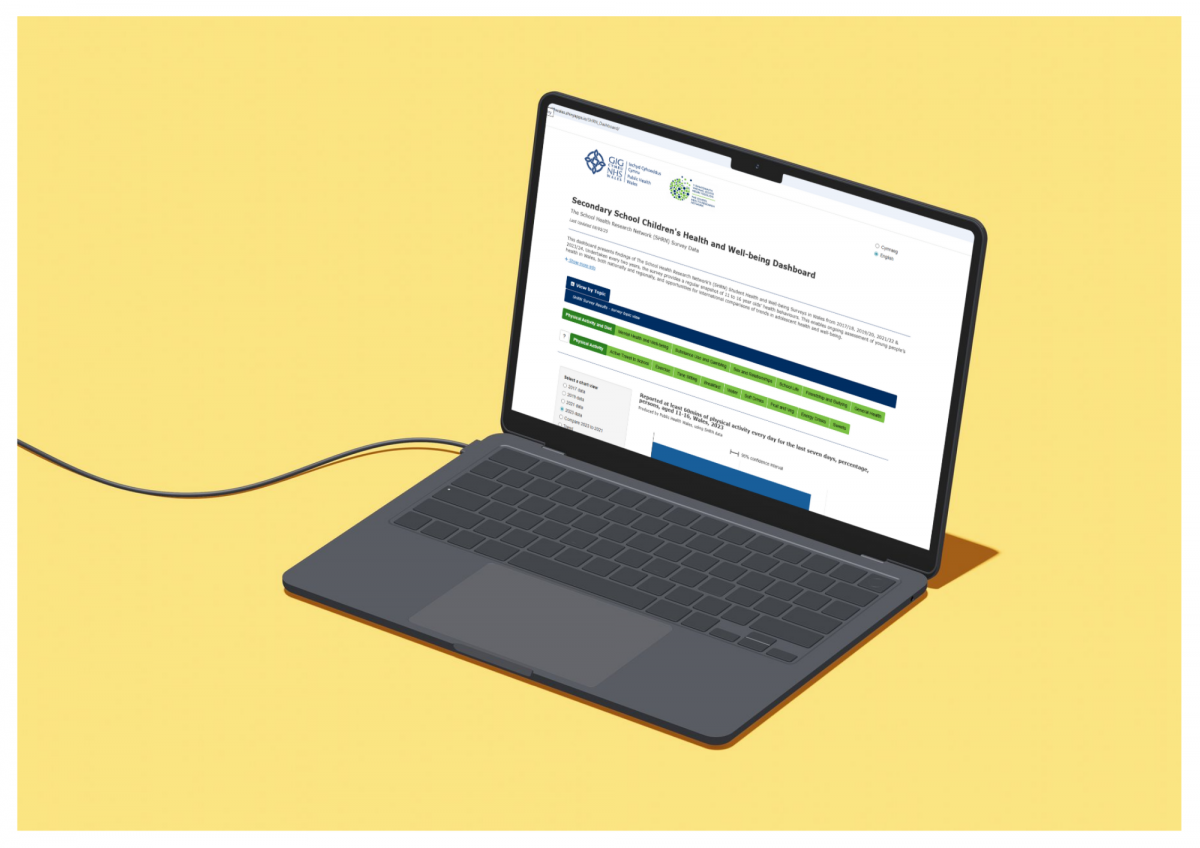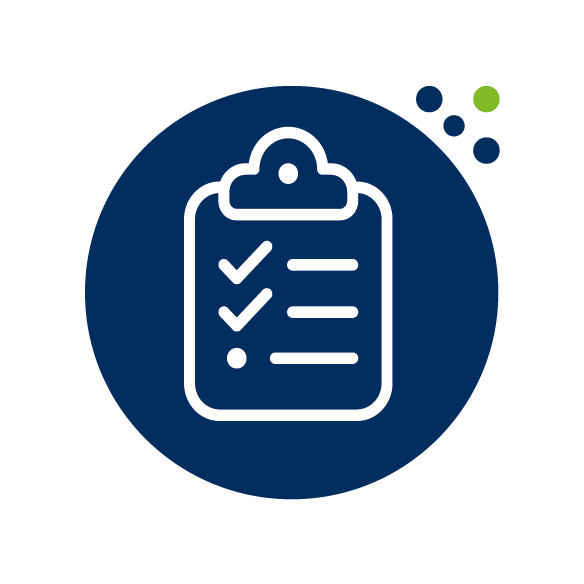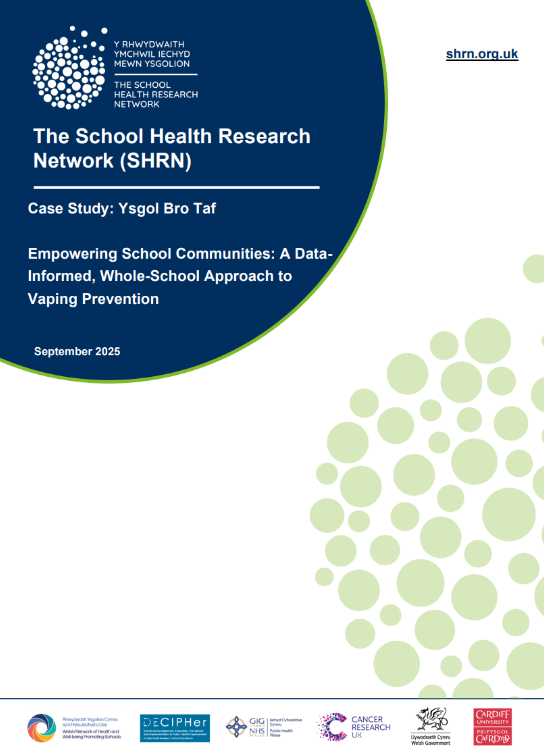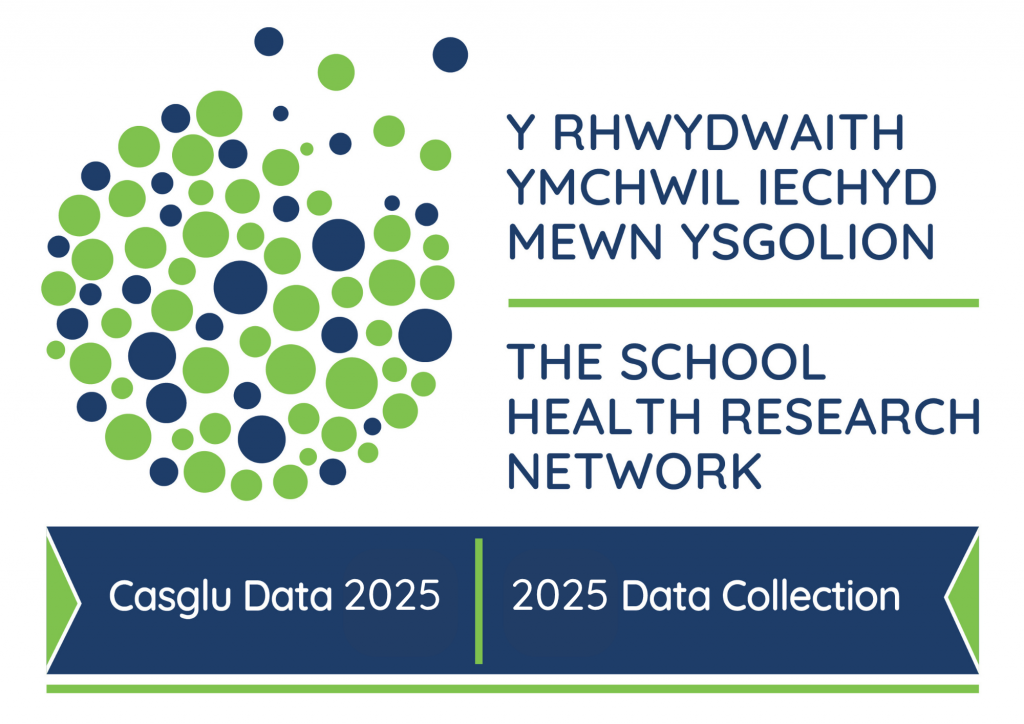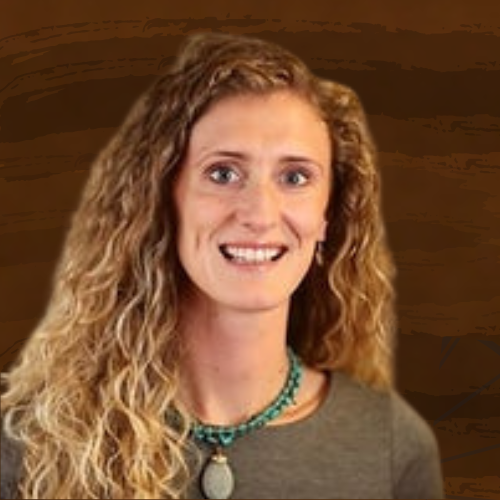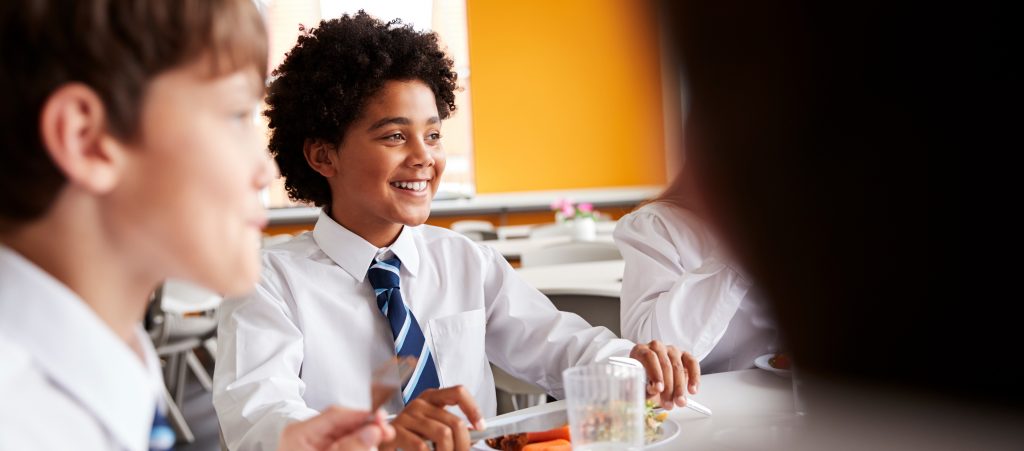

In summer 2025, I visited six secondary schools across Wales to explore young people’s views on school connectedness as part of developing a post-doctoral fellowship application. Over 100 pupils from Years 7–12 took part in discussion sessions. As an early career researcher, this was my first time building public involvement into a funding bid, and I learned a lot along the way. Here are a few reflections I hope might help others starting out…
You might need funding before you can apply for funding
I began with online chats with practitioners working in and with schools to help shape my initial research ideas. This was really helpful and enabled me to narrow down the scope of my proposed project. However, it became clear quite quickly that I needed to hear directly from young people in schools. To do that properly, I needed funding, at the very least to cover my travel, and ideally to offer something to schools for supporting the work.
Luckily, I was able to apply for a small grant through Cardiff University’s Ignite research culture programme, which awarded me £2,000. Without that, I’d have looked for seedcorn funding from organisations like the British Academy Early Career Network and Learned Society of Wales. Health and Care Research Wales also often have small pots available for public involvement work.
Accessing participants takes creativity and connections
The School Health Research Network (SHRN) was my first stop for support and advice. SHRN’s network includes all state-maintained secondary schools in Wales, and they helped connect me with schools willing to take part. I offered £100 to each school to support the visit and cover any staff/non-staff costs. Recruitment was also made easier because the topic aligned well with school priorities around school connectedness and pupil voice.
Working with schools was incredibly rewarding but also required flexibility. Some schools needed more lead-in time than others. Building relationships and being clear about what was involved really helped. Also consider the timing of public involvement carefully – I mainly wanted to speak to students in years 7-9 which worked well during the summer term, but it would have been tricky to access year 11 students who were either sitting exams or had already left school.
It is important to consider how you can make your sessions inclusive and accessible. Ensure activities are age-appropriate and think about how you will encourage involvement from students who are quieter or less confident – perhaps by providing opportunities to add thoughts on post it notes as well as verbally. If you’re working with diverse groups or through partner organisations, set aside funding not just for participant payments, but also for translation services and fees that help cover staff time or other support costs. These are often essential to making public involvement genuinely inclusive and feasible for those you’re asking to take part.
While ethical approval is not typically required for public involvement activities, it is essential that these activities are conducted ethically. When planning your engagement, you should carefully consider matters such as informed consent, safeguarding, and confidentiality. Seek advice if you are unsure.
I also ran online sessions with youth advisory groups from The Fostering Network and the National Centre for Mental Health. If you’re working in a particular area, it’s worth reaching out to third sector organisations to see if they already have public involvement groups you can draw on. I paid all participants £25 for an hour of their time.
Start early…it takes longer than you think!
I started writing the public involvement bid in January, submitted in February, heard back in March, recruited schools in April/May, and ran sessions in June and July. The final fellowship application was submitted in September. That’s a nine-month lead-in time. You might also find it useful to build in time for more than one session with the same group as your ideas develop.
Ask questions that help shape your bid
It’s not always obvious what to ask in public involvement sessions, especially early on when your ideas are still taking shape. I found it helpful to space out the school visits so I could reflect and adjust my focus as my bid developed.
In my fellowship application, I used the feedback from young people to justify key decisions such as why I chose a particular age group, method, or timing of data collection. For example, one key insight from the sessions was how differently young people felt about school connectedness as they moved through school. This led me to adjust the age range that I focused on in the final bid. Think about the questions you’ll need to answer in your funding application or interview and work backwards to make sure you ask contributors for input on those areas – and that you listen to them.
And finally… write the application!

Make sure you use what you’ve learned and actually write the bid. It’s good practice to let contributors know how their input shaped your application and whether it was successful. I put together a short report that was shared with the participating schools.
If I could give one piece of advice, it would be: start early and don’t be afraid to ask for help. Public involvement is a learning curve, but it’s absolutely worth the effort!
